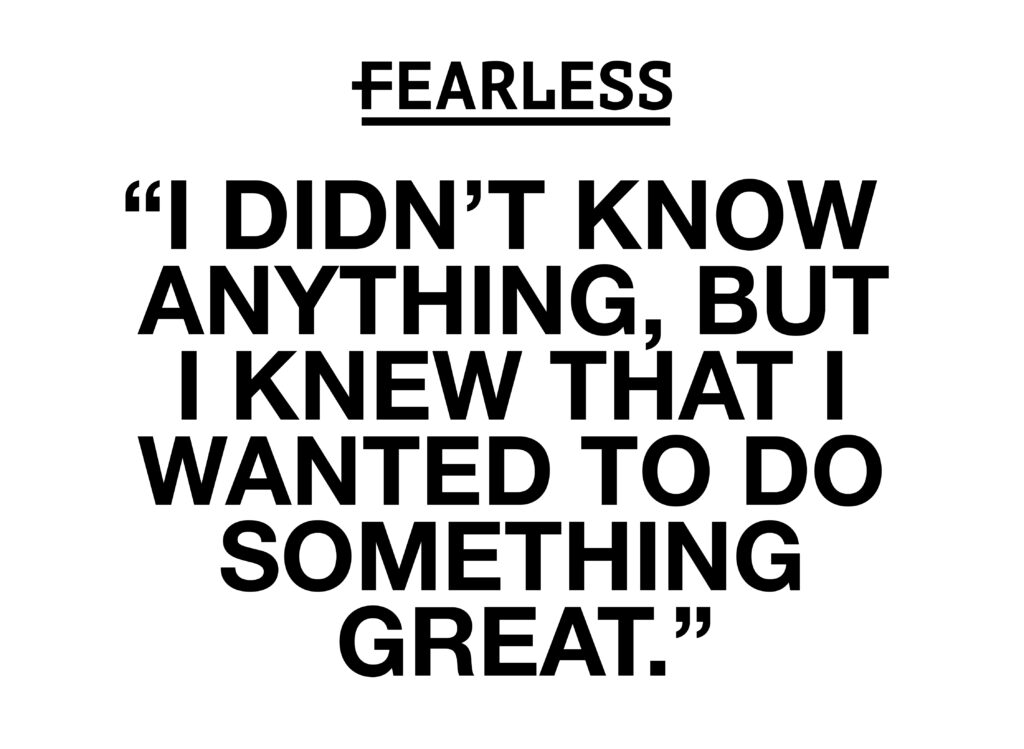McLellan: Amazon is winning big

DREW MCLELLAN Mar 7, 2019 | 5:21 pm
3 min read time
619 wordsBusiness Record Insider, Sales and MarketingThere’s no question that Amazon has changed the retail landscape. In 2018, the online retailer had over $230 billion in sales. Today, the lion’s share of its revenue comes from selling retail products, but the fastest-growing revenue stream is its advertising channel.
Amazon has very much become a pay-to-play channel. It used to be that the featured or recommended products were based on customer reviews and sales, but today those positions are purchased.
By the end of 2018, Amazon generated $2.5 billion in ad sales, which was a 123 percent increase over 2017. eMarketer reported that advertisers are forecasting a spend of $4.6 billion on Amazon’s platform in 2019, which has to be making Facebook and Google a little anxious.
They’re still the giants, but neither of them grew at the rate that Amazon is growing. Citi Research estimates that Amazon’s advertising revenue would be at least $50 billion by 2029.
There are definitely some tricks of the trade when it comes to advertising on Amazon. Whether you are an author selling your one book or you have 300 products on the site, you can maximize your spend. Here are a few things to consider.
SEO: Just as you can on any website, you can improve your organic ranking through carefully optimizing keywords and monitoring your rankings. You can also solicit your buyers for Amazon reviews, which is still part of Amazon’s algorithm when it comes to rankings.
Amazon has programs like Vine (free sampling in exchange for reviews) and its Early Reviewer Program that will give your products extra exposure and build up your review inventory. Most Amazon sellers don’t even know these programs exist.
You can also create enhanced brand content that will boost your SEO rankings. Using the A+ tool, you can describe your product in different ways by including a unique brand story or enhanced images.
Advertising: When it comes to paid advertising within the Amazon platform, you have several options. You can opt to be a sponsored product or run product display ads.
You can also run Amazon headline search ads, which appear above the search results on Amazon. You can feature up to three products at a time, and it’s a pay-per-click model.
If you sell multiple products on Amazon and your consumers are brand loyal, you might want to consider building out an actual brand store. This is a smart way to cross-sell.
Even if you don’t run ads, you could participate in promotions like sales pricing, “buy one, get one” offers, Amazon’s Lightning Deals or being a featured product on Prime Day.
Off-site: Naturally, you can drive visitors to your Amazon product listings from outside Amazon. Many B-to-B and B-to-C wholesalers and retailers have a robust pay-per-click program specifically to drive prospects to their specific Amazon product listing.
Facebook, Instagram, YouTube and other social channels see a fair amount of money pointing consumers at an Amazon product listing as well. You would want to augment those ads with content, special offers and testimonials in your social streams.
Beyond that, leverage your own channels, too. Include descriptions and links in your e-newsletters and write about what you sell, tell stories of how it’s used, how much it’s valued, and include links. You can also reach out to influencers who have audiences that would appreciate what you sell and ask them for a review.
Depending on your industry, there are also deal and coupon sites that you could partner with to promote your wares.
For many businesses, Amazon eventually becomes their largest sales source. If you’re going to list your products on the mega-site, make sure it can be found and make sure you make buying it as simple as possible.








